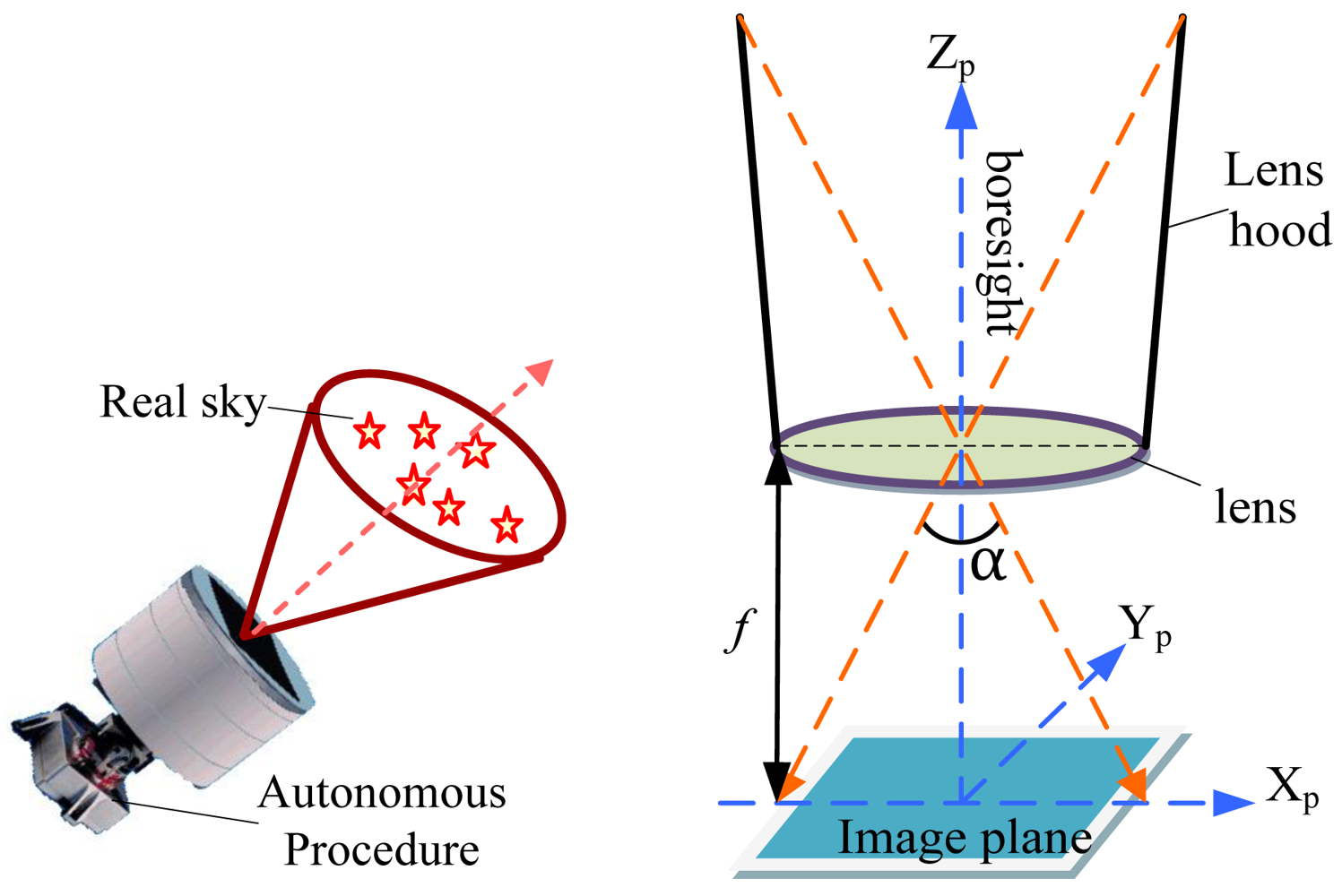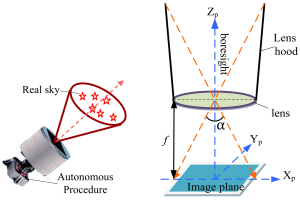
A star sensor is an optical instrument that helps satellites determine their orientation by detecting and comparing star patterns in space. In simple terms, these sensors provide an accurate reference for satellites to maintain proper alignment, ensuring reliable data collection and communication. Without star sensors, satellites would struggle to maintain stable orientation, especially when traditional Earth-based navigation references are unavailable.
Star sensors capture images of the star field around the satellite and match these images with a stored star catalog. By doing this, the onboard processor calculates the satellite’s attitude, ensuring it remains properly oriented for its operations. As a result, this technology allows for real-time adjustments and fine-tuned control over satellite movements.

First and foremost, star sensors provide the most accurate and reliable attitude determination for satellites. This precision is crucial for mission success, as even minor deviations can lead to significant errors in data collection and communication.
In addition to accuracy, star sensors significantly extend the operational lifespan of satellites. By reducing reliance on fuel-based control systems, these sensors help preserve satellite resources, ensuring that the satellite remains functional for longer periods, often beyond its expected lifespan.
For interplanetary and deep-space missions, star sensors are indispensable. Unlike Earth-based systems, which rely on ground stations for orientation information, star sensors allow spacecraft to maintain their position and orientation even in deep space where traditional navigation systems are ineffective.
For Earth observation satellites, maintaining precise orientation is essential for collecting high-quality environmental data and imagery. Star sensors enable these satellites to stay aligned, ensuring that they capture accurate images of Earth’s surface.
Similarly, star sensors are critical for communication satellites. These sensors ensure that antennas remain properly oriented, thus guaranteeing continuous signal transmission. Consequently, this results in better-quality and more reliable communication services.
Star sensors are also used in space exploration missions, ensuring that spacecraft maintain their orientation in challenging and unpredictable environments. Given their importance, these sensors are critical for successful deep-space exploration, especially for missions beyond Earth’s orbit.
High Accuracy: Advanced star sensors offer sub-arcsecond precision, enabling reliable attitude determination even in challenging conditions.
Compact Design: Their lightweight and low-power designs make them ideal for small satellites like CubeSats, where space and power constraints are a concern.
Radiation-Hardened: These sensors are built to endure harsh space environments, making them durable enough for long-term use in space missions.
For more information about star sensor satellite systems and their benefits, click here to explore our satellite systems page.
Send us a message,we will answer your email shortly!